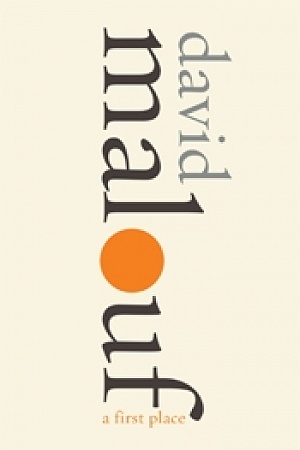ABR RAFT Fellowship: 'God and Caesar in Australia' by Paul Collins
Like it or lump it, Catholicism is enormously influential in Australia. This is true even just in terms of raw statistics. The Catholic Church is the largest religious body in the country, with 22.6% of the population self-reporting as Catholic in the 2016 Census. It is also Australia’s largest non-government employer, with around 230,000 people working for the church (ACCIR, 2017). This figure excludes voluntary organisations such as the St Vincent de Paul Society with 20,736 members and 41,152 volunteers (SVP, 2016). However, despite the popular stereotype, Australian Catholicism is not a monolith controlled from Rome. It is a vast amalgam of semi-independent entities – dioceses, parishes, missions, religious orders, lay organisations – all with varying degrees of autonomy.
Almost uniquely in the world, Australian governments fund around seventy per cent of the church’s work, its ‘ministry’ or ‘mission’ in theological jargon. Only dioceses and parishes are self-funded. What justifies this vast enterprise that governments, theoretically, could run themselves? The Catholic claim is that, inspired by the Gospel, the church is offering an alternative to state-run, secular institutions. But what specifically is this alternative? And what does it imply for the separation of church and state in a pluralist democracy like Australia?
Continue reading for only $10 per month. Subscribe and gain full access to Australian Book Review. Already a subscriber? Sign in. If you need assistance, feel free to contact us.











Comment (1)
Leave a comment
If you are an ABR subscriber, you will need to sign in to post a comment.
If you have forgotten your sign in details, or if you receive an error message when trying to submit your comment, please email your comment (and the name of the article to which it relates) to ABR Comments. We will review your comment and, subject to approval, we will post it under your name.
Please note that all comments must be approved by ABR and comply with our Terms & Conditions.